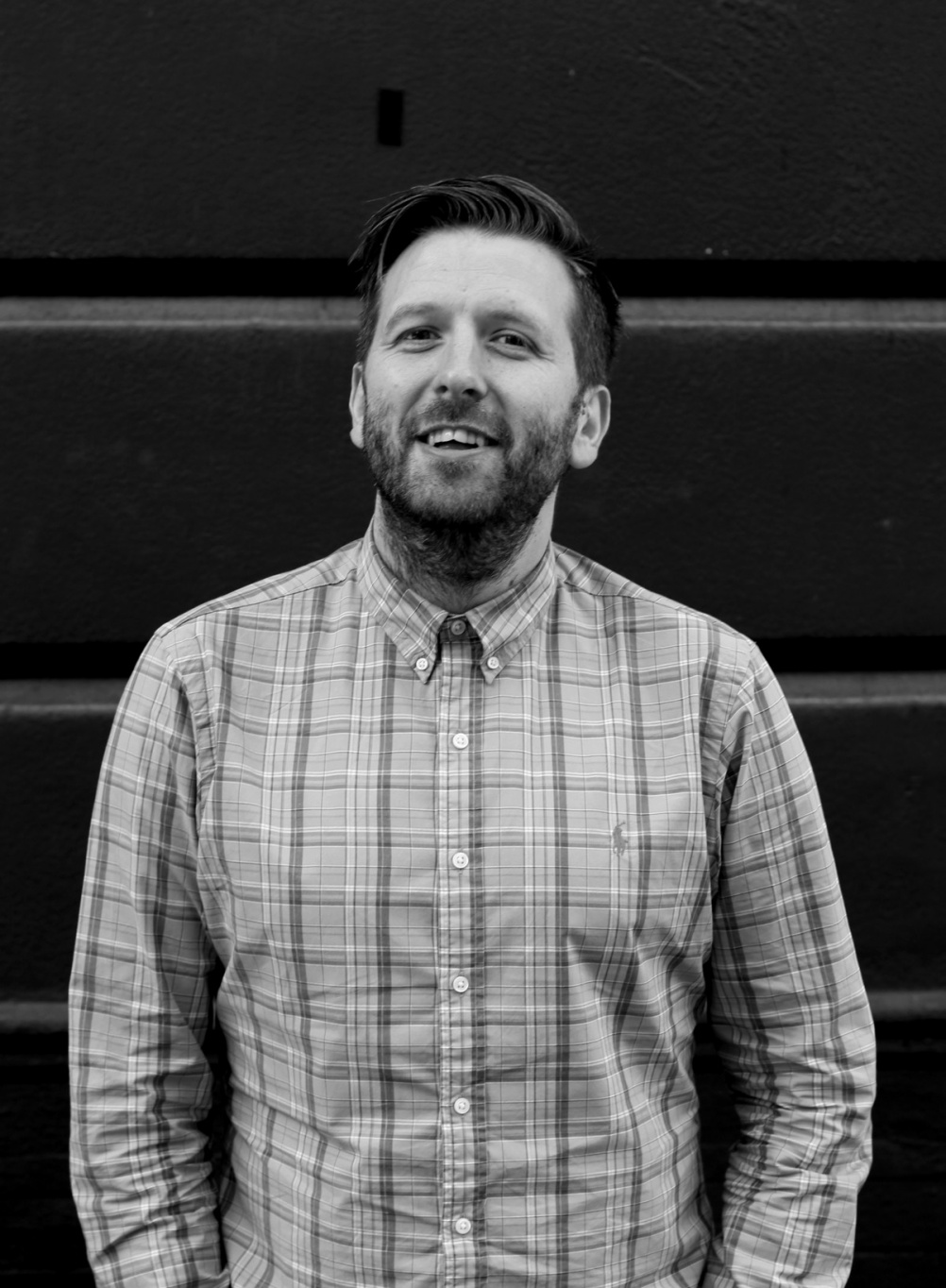Ten Questions for: James Greenfield
James Greenfield is a former creative director at Airside and until recently he was executive creative director at DesignStudio, where he led the much-talked-about rebrand of Airbnb. This month he launches new studio Koto. We caught up with him to talk about his career, inspirations and opinions on Modernism…

When did you realise you wanted to be a designer?
Up to the age of 16 I had been interested in art, computers, making things and visual culture. I didn’t know what outlet this could be expressed in and didn’t realise designers were people that made money and that it could be a viable career. I can remember my careers teacher telling me being a designer was a bad idea as I would be penniless for life. That summer I had to find a work placement to fill a few weeks and ended up in a local design consultancy. From lunchtime of day one I knew this is what I wanted to do for the rest of my life. The freedom of learning new skills outside the construct of a boring school and the studio culture just blew me away.
What was your first job?
I interned at London studio Harriman Steel for six months straight out of college. Though not a job as such, it’s where I learned a lot of my foundation skills.
How would you describe what you currently do?
I am the founder of a new consultancy called Koto. Our aim is to shorten the distance between brand and digital platform creation. Previously often created by separate parties, we believe we can envision, design and build brands in physical and digital spaces, getting the most effective results for the companies we work with. We, as graphic designers, need to be comfortable doing both with ease – digital is where brands exist and engage the most. Understanding brand and digital should be a given.
What has been the biggest change in design since you started?
When I started “content” was often supplied and designers worked to present that in the best possible way. This meant us often working with marketing functions to deliver logos, print and some early digital executions. Now I often talk to CEOs about how design can change their businesses for the better and we work on the “content” with companies to envision their brand future together. It’s really engaging, much more fulfilling; we get to the heart of company’s problems and offer much more effective solutions.
What is your favourite project, that you’ve worked on?
Without doubt the rebrand of Airbnb. It was a top-to-bottom rebrand of the company as well as working on a complete digital product refresh. Working closely with the founders and the team allowed us to create some brilliant results. A hard one to ever top; a product I really believe in, lovely people, a brand working at the edge of technology and travel.
What is your favourite project, that you haven’t worked on?
The London 2012 Olympics. The whole thing was a joy to witness – as an optimist I loved the positivity around it and the effect it had on the country as a whole. It showed that difference can be celebrated and the majority will take it to heart and love it.
What was your biggest mistake?
Listening to too many Modernist bores when I was a younger designer. The worship of design from that period, though valid as design history, gets in the way of new thinking and more importantly ideas. Once I learned to appreciate it and move beyond it, I felt a lot more engaged in design.
What is your greatest ambition?
I have no major personal ambitions beyond just walking into a studio every morning to lead a great team that love what they do. We spend a lot of time with our teams, it’s a great idea to love working with them.
Who is the most inspirational person you have worked with?
I haven’t worked with him, but having talked to him recently I find Michael Wolff incredibly inspirational. His thirst for what we do is still infectious and I really subscribe to his outlook.
What piece of advice would you give to people starting out in design?
Be able to explain your thinking in an engaging way. You can’t hold a design or a piece of paper up to people and expect them to get it every time. Show them your ideas and thinking, it will unlock their feedback and ultimately lead to greater (if this is the right word) work.
-
Post a comment




